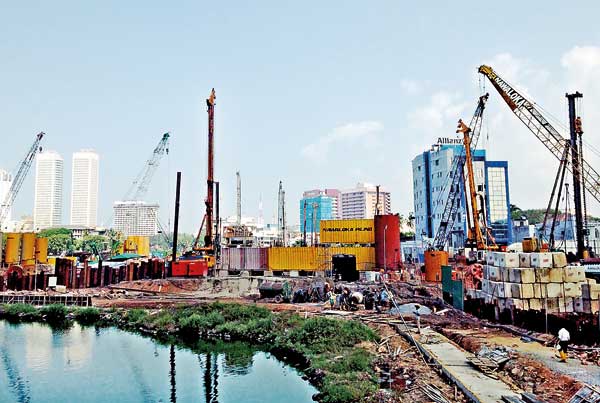01 Apr 2015 - {{hitsCtrl.values.hits}}

.jpg) Nearly six years since the end of the war, Sri Lanka is struggling to get any impressive increase in foreign direct investment (FDI). The only notable increase in FDI has come in the property, leisure, mixed development and real estate sector, evidenced by projects like Shangri-La, Altair Tower, JKH Waterfront, ITC Hotels, etc. FDI targets have been falling sharply short of targets.
Nearly six years since the end of the war, Sri Lanka is struggling to get any impressive increase in foreign direct investment (FDI). The only notable increase in FDI has come in the property, leisure, mixed development and real estate sector, evidenced by projects like Shangri-La, Altair Tower, JKH Waterfront, ITC Hotels, etc. FDI targets have been falling sharply short of targets.
27 Nov 2024 14 minute ago
27 Nov 2024 21 minute ago
27 Nov 2024 1 hours ago
27 Nov 2024 3 hours ago
26 Nov 2024 26 Nov 2024